Susan Smith, an ELCA missionary to the Central African Republic, worked for more than 30 years for the Pittsburgh public school system. As a missionary, part of her work is supporting and assisting the Village School Program. In the program’s June newsletter she gave on overview of the program, which the ELCA helps support. Due to political unrest in the country, she is currently based in Garoua Boulai, Cameroon. To support Susan, or another of the ELCA’s over 200 missionaries in the global church, go to www.ELCA.org/missionarysponsorship.
The Village School Program started about a dozen years ago to help fill a gap in the national education system. Not every town has an elementary school even though the law says that all children must attend school. There is just not enough money to build all the necessary schools and to hire the teachers. So, in response to these needs, the Evangelical Lutheran Church of the Central African Republic created schools in towns that did not have a government school.
Starting with five schools, there are now 20 primary schools that begin with kindergarten and continue for six years. Classes are generally large — ranging from 20 to 95 students per classroom. Teachers also generally teach two grades, so each school usually has three teachers. Classes follow the curriculum used in public schools and developed by the national education office for primary education. The Village School Program supports the schools and teachers by helping them to organize parent organizations, visiting classrooms to give teachers feedback on their work, providing exams each quarter (used in all schools), compiling the results of those exams, and generally helping run the schools.
Parents pay half of the teachers’ salaries and the Village School Program pays the rest. Parents are also responsible for building temporary classrooms (which have wooden supports and a straw roof.) The goal is also to build permanent buildings. While the ELCA will provide much of the funding for construction, parents are responsible for collecting stones and sand. They also make mud bricks.
So, in all, the Village School Program educates over 3,000 students. The schools often have a better reputation for quality than the nearby government schools.

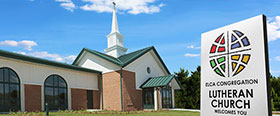
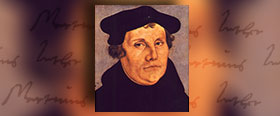
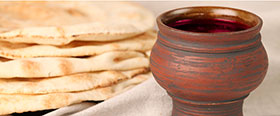

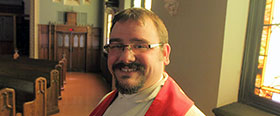
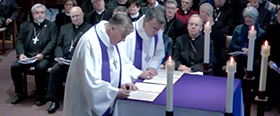





on July 19th, 2013 at 8:09 pm
This is a great program – I have seen it first hand. It really works and is certainly money well-spent in a country where only half the kids (on average) attend school.
on July 20th, 2013 at 9:36 am
It was in the 1980s that I first began building permanent school buildings. Baboua, Lokoti, Kounde, and many others. Then the junior high school in Baboua made into a secondary school, from what I have heard. I cannot be more thrilled to hear that this program has taken on new life and an emphasis on education is being made. I thank the ELCA for helping me start schools, and for the great work now going on. It is a blessing! Thank you so much. Olin K. Sletto